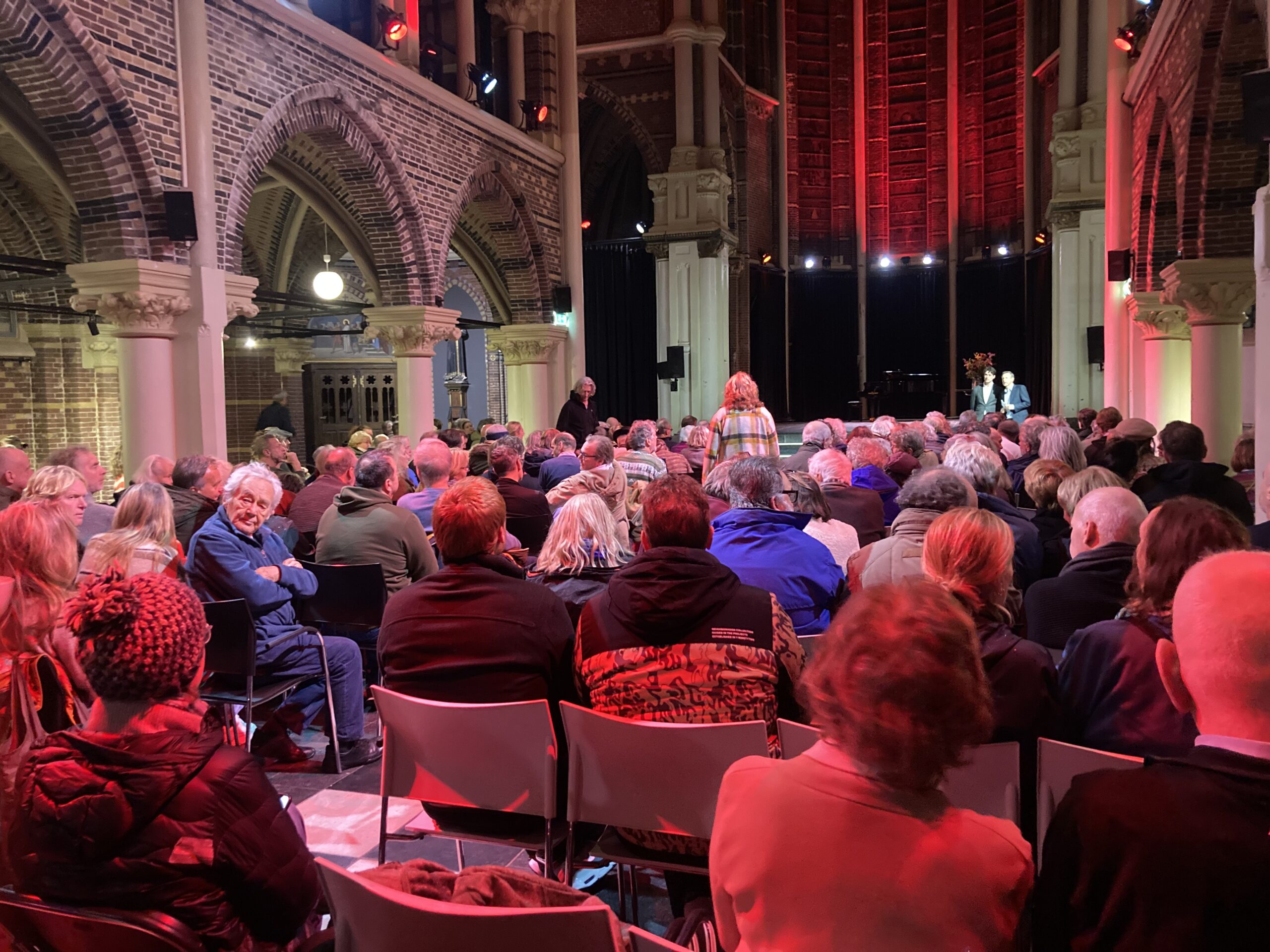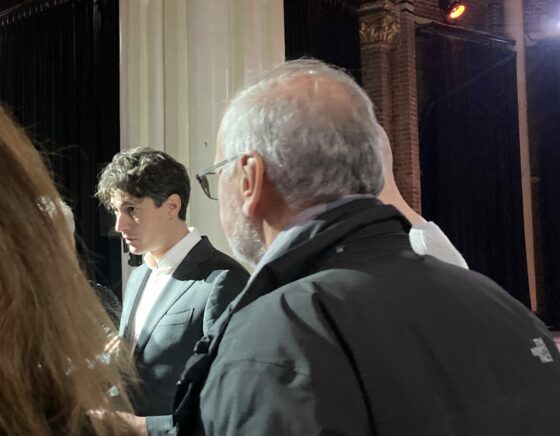We do mind the bollards: Amsterdammers reject traffic plan
Robin Pascoe
It’s just before 7 pm on a Monday evening in late November. I’m cycling over the cobbles, past 16th century houses and bridges to a former church that has been turned into a debating and exhibition centre. It’s a 10 minute journey and I pass one car on my way.
The Netherlands may be in the grip of Geert Wilders, the far right party leader who hopes to be the next prime minister, but in this little corner of central Amsterdam there is a more pressing problem: bollards – 24 of them to be precise.
They were installed in October, much to the fury of many locals and the emergency services, who say they were not properly warned. Ten days later, after several incidents involving ambulances, they were gone. But, officials say, they will be back.
The palenplan is one of several controversial traffic calming measures in the capital initiated by city traffic chief Melanie van der Horst. This summer, the so-called “knip”, or snip, which cut off a main artery into the city to reduce traffic nuisance caused outrage and long traffic jams.
The aim of the bollards is to cut car traffic through one of the prettiest parts of the city – the Jordaan and western edge of the canal belt.
The side effects of the 24 bollards, which close off several bridges to the Brouwersgracht, may not be as dramatic as the “snip”, but locals are no less vocal in their complaints.
The Posthoorn church on the Haarlemmerstraat – once a busy street and now car free – is packed. It might be raining, but over 350 people have turned out for tonight’s meeting, during which Centrum’s administrator Micha Mos attempts to placate the hoards of angry locals who are out for blood.
It’s so full of people that chairs have to be carried out of side rooms. In the end, the moderator calls for people to give up their seats for those who are unable to stand. The average age of the audience is definitely 60 plus.
The moderator kicks off by asking the audience to stand up if they no longer trust the council. A good two-thirds do so, to cheers. This might be one of the poshest parts of the country, but it is no less susceptible to the current anti-government mood in the Netherlands.
After Mos tries to explain why the council is doing what they are doing – to reduce traffic and stop drivers sneaking through the narrow streets as a short cut – the floor is open to questions.
“We can ask, but will you listen?” shouts one man. “You’ve got balls to be here, I’ll give you that,” says another, to laughter from the crowd.
Speaker after speaker has their say. Local entrepreneurs complain about delivery times because they have to spend longer driving from A to B. People living on the edge of the area complain that they are now being faced with endless jams.
A young girl says in a halting voice that the jams are making it hard for her mother to drive to her special school, and, she says, the longer journeys are bad for nature as well. An elderly cyclist says the bollards make it harder for him to use his bike. A very elderly woman says she depends on her car to get around. “You have made it much harder for me to reach the shops, my dentist, everything,” she tells Mos.
“There is a difference between being able to get somewhere and being able to get somewhere quickly,” he says. “A traffic jam is not a danger. It’s inconvenient.”

In the end, the discussion boils down to one thing – the figures. This is an audience that knows that numbers count. “How do you know how many cars use this area as a short cut?,” said an earnest man to more applause. “And how do you define a short cut in the first place?”
Mos does his best against the barrage but he is never going to convince this crowd. And when he comes clean and admits that the baseline figures – taken in September – are not yet available, the audience erupts. “So what is a short cut and do the figures show the situation is as bad as the council says?” one member of the audience asks, incredulously.
“We have worked out a deal in the city coalition and this is a democratic decision,” Mos retorts.
The left-wing green party GroenLinks won 25% of the votes in the local elections in this part of town earlier this year. The Labour party won a further 19%. This is not Wilders heartland by any means. But the lack of trust in local officialdom was palpable.
Underwhelming
The meeting, says local Mark Weintraub, was “underwhelming”. “There was a total lack of facts and a total denial that this plan is unworkable.”
“I’ve lived in the Boomstraat for 40 years and there is less and less traffic,” said Nicolien de Jong. ‘All they have done is moved the problem and we are caught up in a funnel.”
“There is not much traffic here to start with,” said Dana Luxembourg, who had complained about the knock-on effect of the bollards on other parts of Amsterdam West. “No one drives in the city centre if they can help it.”
Beat coppers
Two policemen are hanging around talking to members of the audience. “Surely you are not expecting trouble?” I ask. “We are the local beat officers,” said one. “These are our people, so we are keeping in touch with what they think.”
Several of the holes the bollards fit into have already been filled with gravel and polyurethane foam by locals. Others, reportedly, have thrown the abandoned bollards into canals.
Campaigner Vanessa Tol said the impact on locals is not being taken seriously. “We are being gaslighted,” she said. “No one is listening to us. It is as if they think we are mad. The council seems to think this plan has to become reality, whatever it takes.”
Thank you for donating to DutchNews.nl.
We could not provide the Dutch News service, and keep it free of charge, without the generous support of our readers. Your donations allow us to report on issues you tell us matter, and provide you with a summary of the most important Dutch news each day.
Make a donation